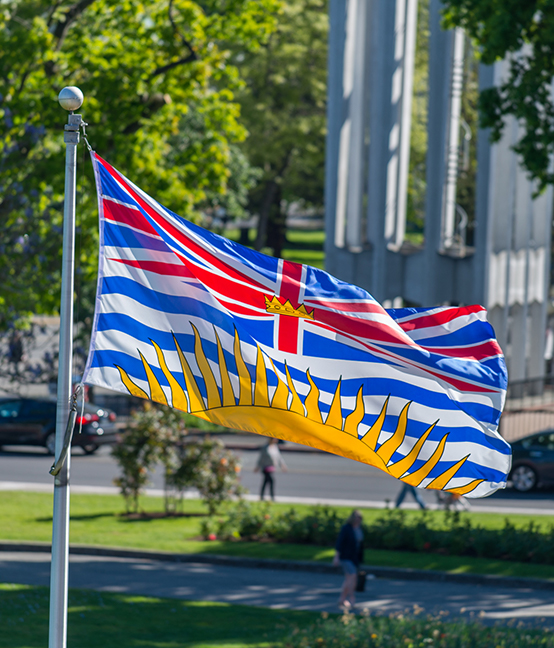The Government of British Columbia is responsible for managing the affairs of the province through policies and laws. It is divided into three branches: the executive, the legislative, and the judicial.
In our system of parliamentary democracy, governments are formed by political parties who have the confidence of the Legislative Assembly, meaning that a majority of MLAs support the government. Two types of government in British Columbia are:
- A majority government, which results from a general election where one political party wins the majority of seats in the Legislative Assembly
- A minority government, which results when a governing party does not win the majority of seats in a general election, but is able to maintain the support of a majority of MLAs
If the leader of either type of governing party is supported by the majority of MLAs, they are normally asked by the Lieutenant Governor of British Columbia to form a government by taking office as the Premier.
The Premier is the president of and appoints people to the Executive Council of British Columbia, which is also known as the Cabinet. The Executive Council holds considerable power since they form the executive branch of government. To ensure that this power is not abused, there are many practices that are used to the hold the government accountable. This accountability is foundational to parliamentary democracy and is exemplified in both the individual and collective responsibilities of Cabinet ministers and in the parliamentary proceedings adopted by the Legislative Assembly.
Did You Know?
Before political parties were introduced into B.C.'s parliamentary system, MLAs worked as Independent Members. To form a government, MLAs would often organize themselves into to a loose coalition of Members that would work to pass budgets and legislation. The MLA appointed as Premier was often the leader of these informal alliances.

